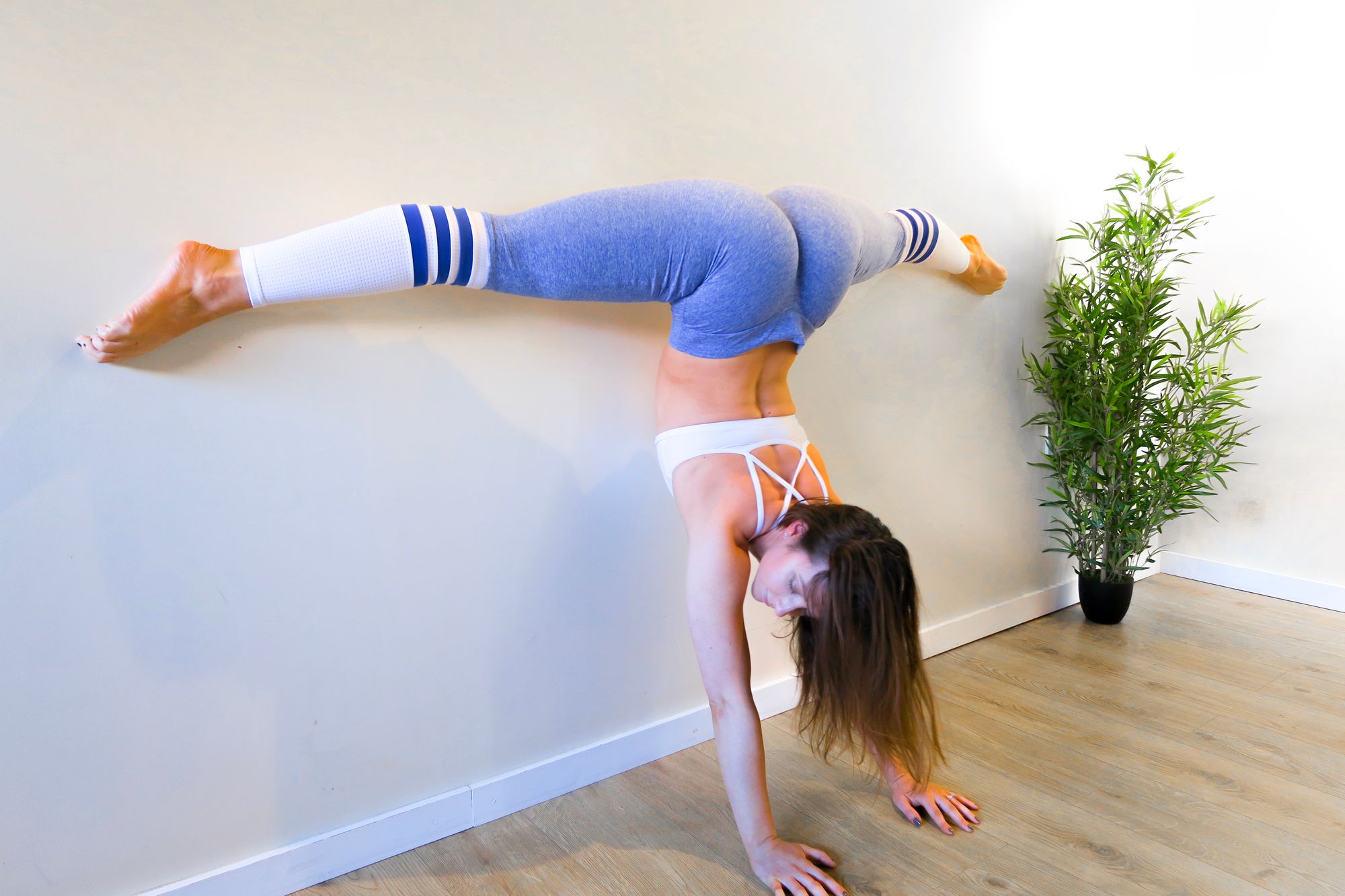With most of us being unable to train properly at the moment, now is the perfect time to work on improving flexibility. It's often the smallest changes in routine that can make the biggest differences in your progress!
Little and Often
Our bodies respond best to consistency, stretching for 15 minutes 5 times a week will give you much better results than stretching for an hour once a week! This will build up your muscle strength and flexibility.
Baby, it's Cold Outside
No matter what the temperature of your room, a good warm up is so important! Stretching cold muscles is a fast track to injury. If it's a beautiful day and you already feel warm, you will need less of a warm up than if you feel cold, but you still need to gradually warm up the specific muscles you're stretching. A warm up will increase blood flow to your muscles, making them more pliable. It also allows you time to get in tune with your body, making you less likely to push yourself too far. A jog or simple aerobic warm up are great for gradually warming up your muscles and both are simple to do. Or a yoga session (there are loads of flows available on YouTube) will get you into the perfect head space, while warming up your muscles at the same time.
Slowly Does It
Once you have warmed up your muscles and got them ready for stretching, start your practice with easier stretches. Then gradually build up to the more intense stretches. This will help to prevent injury by gradually increasing the range the muscle tissue is being asked to stretch. Whilst it's not necessary to sit in a stretch for an hour, holding it for long enough is important for increasing flexibility. Holding a stretch for 30 seconds to 1 minute will be great for achieving flexibility goals.
Massage Doesn't Just Feel Good
Getting regular massages aren't just about pampering ourselves, though that's important too sometimes! They promote circulation, reduce inflammation after an intense exercise or stretching session and promote muscle recovery. All of which help to improve flexibility when combined with regular stretching. Foam rolling can also be effective as a form of self massage.
And Breathe
While you're holding a stretch, breathe deeply! It's tempting to hold your breath while in an uncomfortable position, but this will cause your muscles to tense. Taking shallow breaths prevent the oxygen from reaching the muscles. Muscles need to be relaxed and have a good flow of oxygen to stretch effectively and safely. Take a deep breath in, to send oxygen to your muscles, then deepen the stretch as you exhale.
The Bigger Picture
Spend time stretching the opposing muscles. For example if you're working on improving your split, the primary muscles that require flexibility are the hamstrings and hip flexors, so you of course need to stretch those, but make sure you also stretch your quads. Stretching the opposing muscles as well will create more balance within your body and your muscles. This will improve overall functionality and reduce the risk of injury.
Active Flexibility
Being able to sit in a split with your weight pushing down into the floor is one thing, being able to do a hold a split using no external force is on a whole other level of flexibility! Passive stretching is when you use an external force to push yourself into the stretch eg using your hand to pull your leg closer to your body. Active stretching is when you use your muscles to lift and hold the stretch, eg lifting one leg into a split shape while in a downward dog position. Incorporating active flexibility drills into your stretching routine will strengthen the muscles needed to hold the stretch and increase your mobility. Increasing your range of active flexibility will reduce the risk of injury, as your muscles are stronger and more stable. It is also the type of flexibility you need to perform many of the bendy shapes on the aerial apparatus, meaning upside down splits will look amazing!
Rest is Best
Rest days are just as important as your practise sessions. Incorporating days of not stretching into your routine will allow your muscles the time they need to recover. It will also reduce your risk of injury, which in itself will speed up your progress! That being said, as with anything, the more time and effort you put in, the more you will achieve. The more we stretch, the more flexible we will become, so stretching for an hour a day (with rest days every week and listening to your body!) will provide better results than stretching for 10 minutes.
Invest in a Coach
If you can, investing in some stretching lessons with a good, knowledgeable coach will be the best thing you can do! They will be able to look at your form and correct any mistakes you're making. They will talk you through the techniques of stretching each specific muscle and will be able to listen to your goals and provide a training plan tailored to you!
Let me know if you put any of these tips into practise! xx


Comments